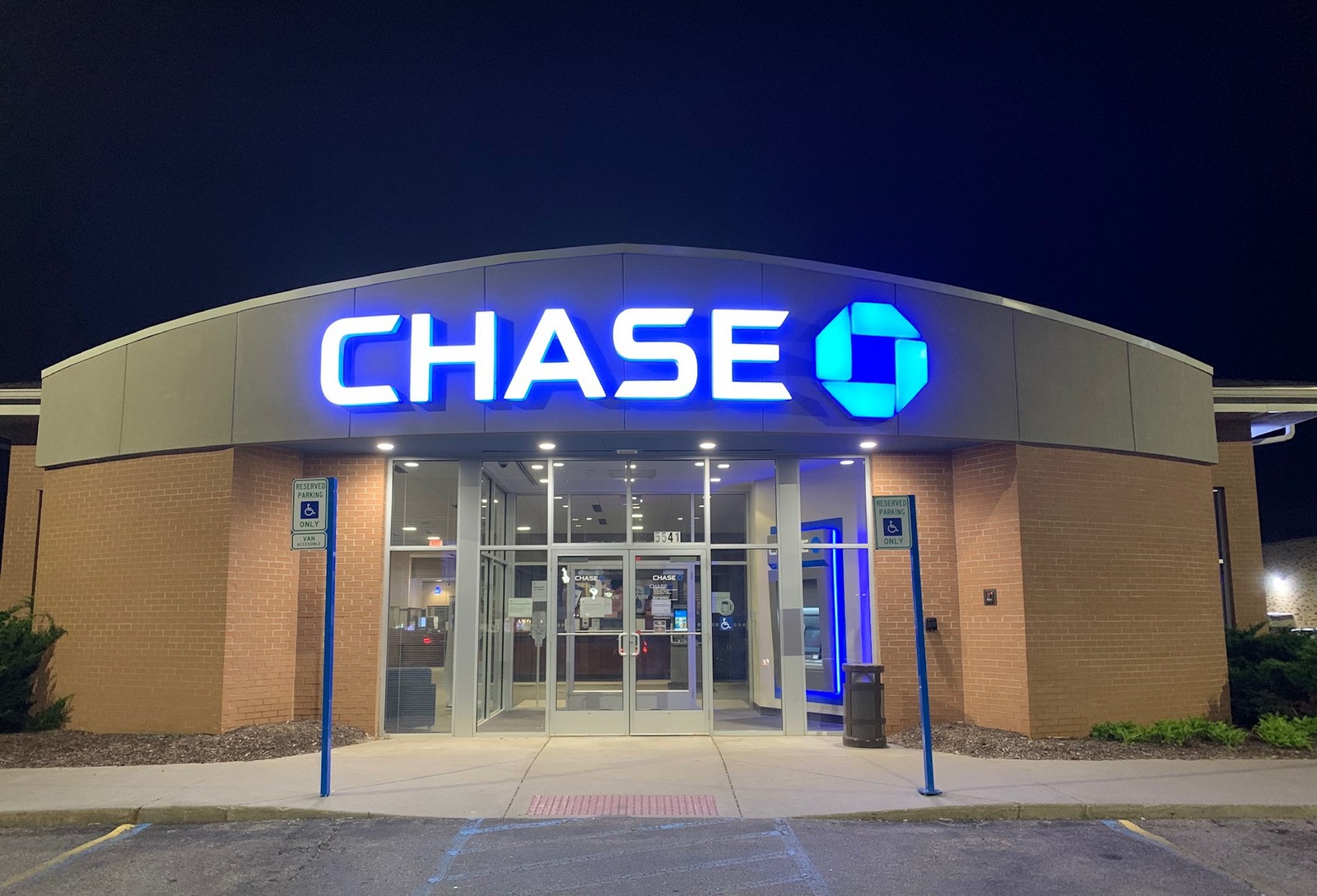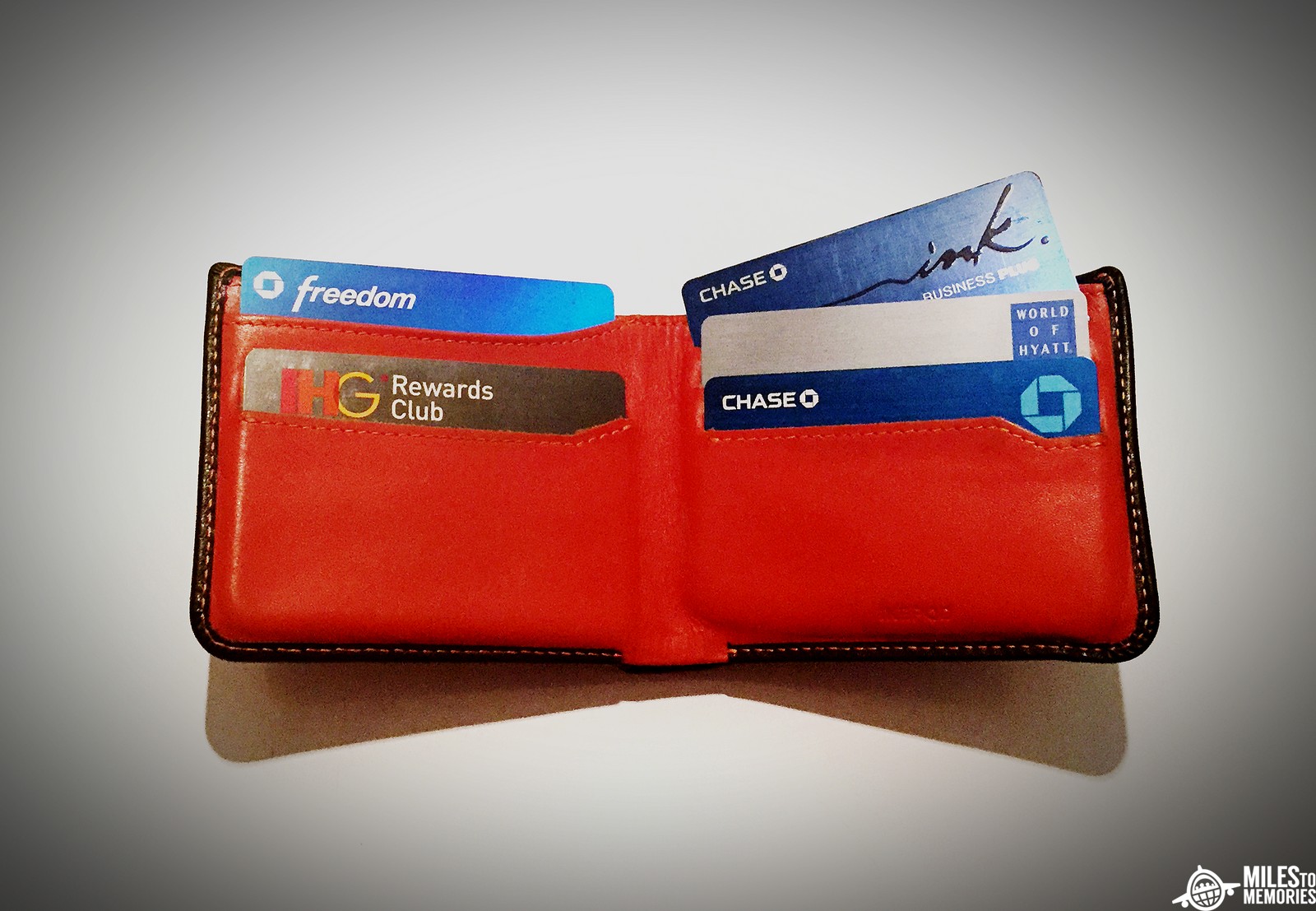Which Chase Sapphire Product Should You Apply For?
I have written about this in the past but with the increased welcome offer on the Chase Sapphire Preferred (CSP) I figured it should be discussed again. When someone asks me which Chase Sapphire product should they apply for I almost always say the CSP.
There have been some other changes since the last time I compared the cards, like dropping the authorized user bonus on the CSP and no longer waiving the annual fee in year one. Even after all of these changes most everyone should still get the Chase Sapphire Preferred in year one. Before you freak out let me explain why I am saying this and I will also show how this is the best way to get maximum value out of the Sapphire brand.
The Sapphire Family Rules
Before we discuss why the Chase Sapphire Preferred is better for most people in the first year we have to talk about why a decision even has to be made. In the past you could get and carry both cards. You never had to decide. Not that it made sense to carry both long term since they overlap greatly but it was possible. Now they have multiple rules that eliminate that option:
The product is not available to either (i) current cardmembers of any Sapphire credit card, or (ii) previous cardmembers of any Sapphire credit card who received a new cardmember bonus within the last 48 months.
These rules are in addition to the Chase 5/24 rule as well. They are more punitive than the normal 24 month language and only Southwest cards have a family rule that is similar.

Why The Chase Sapphire Preferred?
So now that we know a tough decision must be made we have to decide which one is best. First we need to look at the current offer for each card:
SOME OF THESE OFFERS MAY HAVE ENDED / CHANGED
Chase Sapphire Preferred
- 80,000 Ultimate Rewards points after spending $4,000 within the first 3 months
- $95 annual fee is not waived
- 2 points per dollar on travel and dining
- 1 point per dollar on everything else
- Learn More
Chase Sapphire Reserve
- 60,000 Ultimate Rewards points after spending $4,000 within the first 3 months
- $550 annual fee is not waived
- $300 travel credit
- 3 points per dollar on travel (after using up your $300 travel credit) and dining
- 1 point per dollar on everything else
- Learn More
I recently compiled a ranking of every Chase personal card and the Chase Sapphire Preferred came out on top in that ranking, and it wasn’t close. But that was just based on welcome offers and it was somewhat simplistic so let’s dig a little deeper.

The Math
For these calculations I will place the value on Ultimate Rewards points at 1.5 cents a piece. That is the minimum value you should get from the points if you transfer them to travel partners. I personally value them in the 1.8-2 cent a piece range but we will go with the minimum expected value instead.
Chase Sapphire Preferred Value The First Year – $1105
The CSP is pretty easy to calculate. I took 80,000 points and multiplied it by 1.5 cents then subtracted the $95 annual fee. That left me with a value of $1105.
Chase Sapphire Reserve Value The First Year – $650
The CSR is a little more difficult to calculate. I multiplied the 60,000 points by 1.5 cents to get $750. I then subtracted the $550 annual fee bringing the value down to $300 in the first year. For the $300 travel credit I discounted it by 4.5% because you do not earn any points on the purchase which means you are missing out on 3 points per dollar, or 4.5%. I personally would discount it more than that but that is the bare minimum that it should be discounted. So I added in the $286.50 in value back bringing the total to $650.
As you can see the Chase Sapphire Preferred brought in $455 in more value the first year.

But What About The Perks?
Now this is not taking the perks of the Chase Sapphire Reserve into account. I personally think they are overvalued some and I also think their value is more of a personal calculation.
For me I don’t value the Global Entry credit much since everybody and their brother offers it. It is only good once every 5 years. But if you wanted to include it the max value it brings is $20 per year when you break it out over 5 years.
The same goes with the Priority Pass membership. I personally have 3-4 of these because many cards offer it, even the Amex Ascend card. The value would also depend on whether or not you have a lounge at your home airport and could use it often etc.
The other thing to consider is the trip and rental car insurance. The CSR comes with a better package for both of these. The Sapphire Preferred has a pretty good offering for both insurances but the Reserve is quite a bit better. If you use rental cars often this could swing your decision towards the Reserve.
When the Chase Sapphire Reserve Makes Sense
The difference in value in year one is $218.50. The Chase Sapphire Reserve earns an extra point per dollar on travel and dining. So to make up that gap in value you would need $14,500 of purchases in those categories in the first year to close the gap. I am basing that on earning an extra 1.5 cents per dollar on those purchases.
If you wanted to value the Global Entry at $20 and the Priority Pass membership at $100 that brings the figures down to $6,500 in spend to close the gap.
If you are a road warrior that has a lot of reimbursable expenses in travel and dining then go straight to the CSR. You will spend enough in the categories to bridge the gap and you will use the perks enough to get value out of them.
Why Do I Keep Saying In The First Year?
These figures are based on the first year and I keep focusing on just the first year. But what about year two? The ideal plan, in my opinion, is to sign up for the Chase Sapphire Preferred and then upgrade it to the Chase Sapphire Reserve in year two. Why? Because the gap tightens when we are talking about value.
In year two the CSP costs you $95 and the CSR costs you $163.50 after deducting the discounted travel credit. That is a difference of only $68.50. You would need to only spend $4,500 in travel or dining to bridge the gap in year two. And that doesn’t include whatever value you get from the perks of the CSR.
Conclusion
It seems that signing up for the Chase Sapphire Preferred and then upgrading it to the Chase Sapphire Reserve in year two is still the best option, for most people at least. If you travel heavily or spend a lot of money on travel and dining then the Sapphire Reserve may be the better option in year 1 too. Be sure to plug in your own figures into the calculations since this isn’t a one size fits all game.




double dip that travel credit bruh
It is per cardmember year now – Chase changed that a while back from the calendar year set up.
CSP only provides a 25% points value bonus. That knocks $150 off the first year value, bringing it down to $655. Since the $300 CSR credit is applied to refundable airfare and the credit isn’t removed when a refund occurs, that provides a 0% loss in earnings, bringing its value up to $600. Considering you get an extra 1pt/$ and an additional 25% bonus, I think its pretty easy to make up the remaining $55 gap.
That is assuming you use the 50% point back for all of your bookings which I don’t think many people use it much at all. You get more value by transferring than going through the portal a majority of the time. If you do use it often then that is something to calculate but most will get better value by transferring the points.